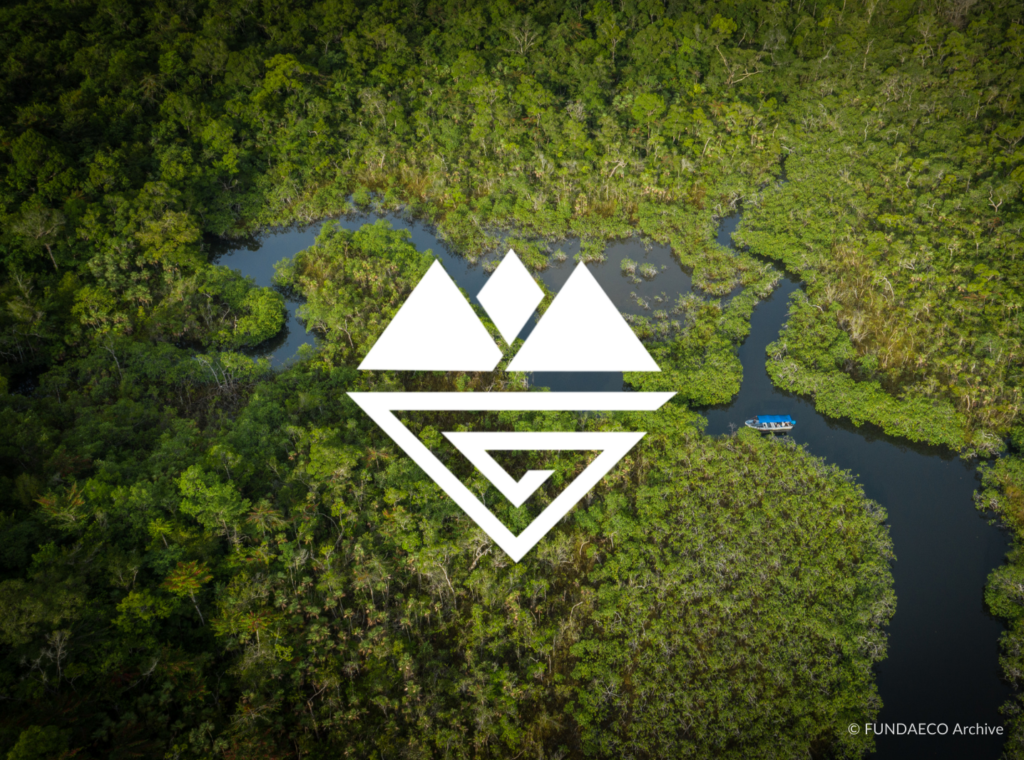According to a NASA analysis, 2020 is now tied with 2016 as the hottest year on record. That same analysis also tells us that Earth’s average temperature has risen to 1.2 °C above pre-industrial levels, approaching the 1.5 °C threshold outlined in the Paris Agreement. Together we have the power to prevent a climate catastrophe, but to do so, we must safeguard the healthy, intact ecosystems that we have left – ecosystems like the ones at risk at Laguna Grande.
With effective action needed urgently, we’re now calling on you to take part in the most ambitious appeal in the history of World Land Trust (WLT). If we reach our £1,200,000 fundraising target, Guardians of Nimla Ha’ will expand Guatemala’s Laguna Grande Reserve to almost three times its original size, bringing benefits to conservation, communities, and the global climate.
All donations made to our new appeal will go towards protecting and restoring nature, a fundamental component of the global effort to combat climate change and one of the key goals that will be addressed at COP26. This upcoming UN Climate Change Conference, held in Glasgow from October 31 – November 12, has been touted as “our last best chance to get runaway climate change under control”. There is no better time to join WLT, our partner FUNDAECO, and the local Q’eqchi’ community in our efforts to save Laguna Grande.
By becoming a Guardian of Nimla Ha’, you’ll be protecting part of a critical ecosystem chain that is helping to slow the pace of global warming and safeguard Caribbean Guatemala from climate change-driven disasters, like the two hurricanes that struck here in quick succession in 2020. But how exactly is this achieved? Read on to discover Laguna Grande’s most important habitats – rendered in the words of the Q’eqchi’, who know them best – and the processes that make each one an indispensable climate ally.
Pumpukil ha’ (Lagoon)
Image credit: James St. John, CC BY 2.0
The Laguna Grande lagoon is home to three different species of seagrass, which form an integral part of the local manatee diet. Growing in meadows along the lagoon bed, these plants can also store more carbon per unit area than terrestrial forests. The ability to capture this so-called “blue carbon” is what makes seagrasses so important in our fight against climate change. If our Guardians of Nimla Ha’ appeal is fully funded, FUNDAECO will be able to purchase properties that will protect the entire edge of the lagoon for the first time, preventing habitat degradation that could impact on the health of Laguna Grande’s seagrass species.
Kich’e (Forests)
Image credit: FUNDAECO Archive
WLT partners have been helping to keep tropical forests standing for many years now, and FUNDAECO’s Laguna Grande Reserve is no exception. If industrial logging is allowed to come to these habitats, the carbon captured and stored in living and dead trees, other vegetation, and the soil will be released into the atmosphere, and without healthy root systems to make soils more stable, the risk of flooding, erosion and landslides will increase. This would be a disastrous outcome for the people of Caribbean Guatemala, who live in one of the poorest regions of a country ranked ninth in the world for level of risk to the effects of climate change, according to the World Bank.
Xmanki ha’ (Mangroves)
Image credit: FUNDAECO Archive
Growing along the shores of Laguna Grande and on Guatemala’s coast, mangroves play an especially crucial role in mitigating the effects of natural disasters like hurricanes, acting as a first line of defence against strong winds and tidal surges that can endanger lives and human settlements. Mangroves also serve as one of the world’s most effective carbon sinks (sequestering blue carbon, like seagrass meadows) and even prevent coastal erosion (just as terrestrial forests protect against erosion further inland). The trees’ submerged roots are also an important nursing area for many aquatic species.
Saab’ (Wetlands)
Image credit: FUNDAECO Archive
The wetlands surrounding Laguna Grande are fed by rains, rivers, and streams trickling down from lowland forests. When water reaches these wetlands, it is not released straight away, allowing time for a natural filtration and sedimentation process to occur that can remove harmful agrochemicals and other pollutants. It is this for this reason that FUNDAECO conservationists refer to wetlands as “nature’s kidneys”. Nutrients flowing out from these wetlands nourish mangroves, seagrasses, and many other plant species in the Laguna Grande Reserve and beyond. Other roles include flood reduction and carbon sequestration.
Roqui’ ha’ (Rivers)
Image credit: FUNDAECO Archive
The water first purified within the wetlands and mangroves that feed into the Laguna Grande lagoon eventually flows to the Río Sarstún, the river where local people and wildlife can drink safely. This river, which finds its terminus in the Caribbean Sea, is the connective force that allows many organisms (including the mangroves described above) to survive on the nutrients flowing out of local wetlands. Rivers like the Río Sarstún can also provide a buffer against flooding and act against rising seas by depositing sediment into deltas.
The need for climate action has never been greater. WLT’s most ambitious appeal comes at a time when solutions to the current crisis must increase in scale – a change that cannot happen fast enough.
With global emissions needing to be halved by 2030 to avoid the worst climate impacts, the world cannot afford to lose carbon-sink habitats like the ones at Laguna Grande, which if degraded or destroyed would only accelerate the Earth’s dangerous warming.
We must save Laguna Grande, for the good of local manatees, Jaguars, the Q’eqchi’, the global community, and all those who will come after us. Climate change does not need to become a climate catastrophe.

